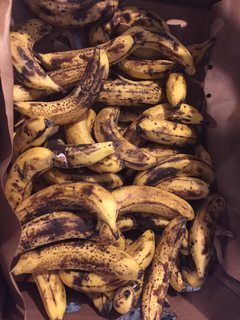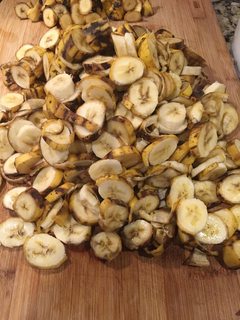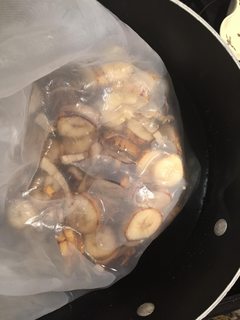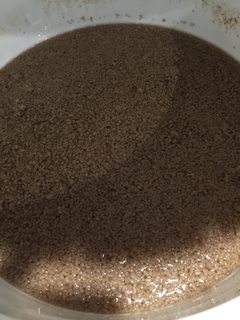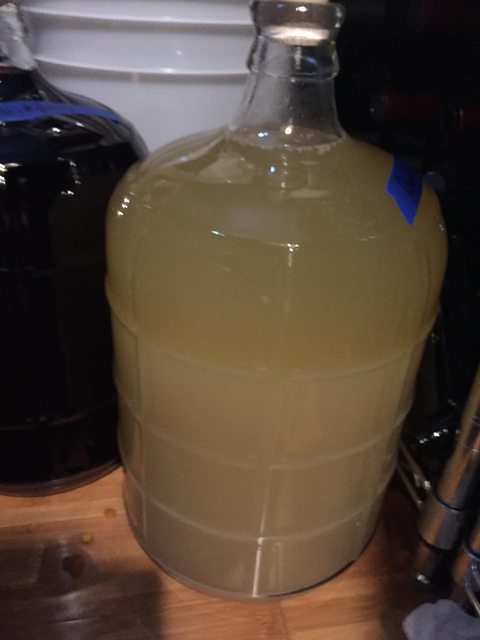raketemensch
Member
- Joined
- Oct 30, 2015
- Messages
- 11
- Reaction score
- 3
Definitely let us know how this comes out, I'm very interested.
I did my first batch with no peels and a blender, and since then I've just been slicing them up (very brown) with the peels on and mashing them at 150F for a couple of hours. I'm not getting much conversion, even with the peels and amylase.
You've got me thinking of doing a hybrid, though -- peeling and blending, then throwing the peels in while mashing, and removing them when fermenting. My current experiment (probably overdue for tasting) has peels and fruit in the fermenter. It's probably time for a full liquid enzymes attempt.
I really need to try all of this with a BIAB.
I did my first batch with no peels and a blender, and since then I've just been slicing them up (very brown) with the peels on and mashing them at 150F for a couple of hours. I'm not getting much conversion, even with the peels and amylase.
You've got me thinking of doing a hybrid, though -- peeling and blending, then throwing the peels in while mashing, and removing them when fermenting. My current experiment (probably overdue for tasting) has peels and fruit in the fermenter. It's probably time for a full liquid enzymes attempt.
I really need to try all of this with a BIAB.



































![Craft A Brew - Safale S-04 Dry Yeast - Fermentis - English Ale Dry Yeast - For English and American Ales and Hard Apple Ciders - Ingredients for Home Brewing - Beer Making Supplies - [1 Pack]](https://m.media-amazon.com/images/I/41fVGNh6JfL._SL500_.jpg)
























